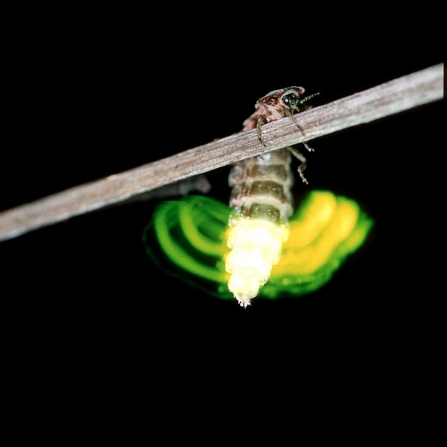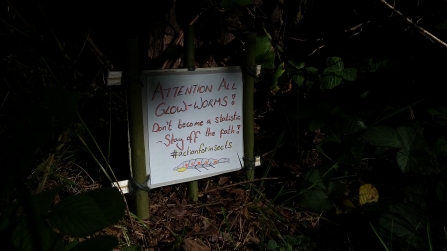You may be surprised to learn that a glow-worm isn’t a worm at all, but a beetle. The males are light-brown, medium-sized, narrow beetles, with enlarged eyes which seek out the females’ glow. The females have no wings and look similar to the larvae. It’s these females which glow at night, putting on a show not just for us to enjoy but for the males they want to attract in the darkness of a summer evening.
Walking through a grassland or woodland ride, you’re most likely to spot a glow-worm in its larval form which differ from adult females in the orange flashes along their sides. They’ll usually hide under rocks and prefer deep grassy tussocks where they feed on slugs and snails.




